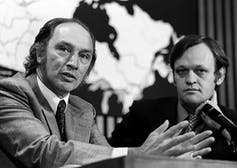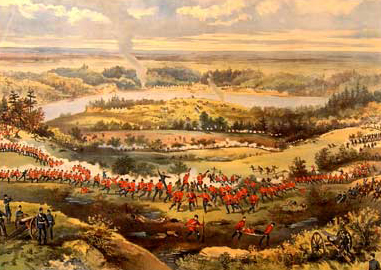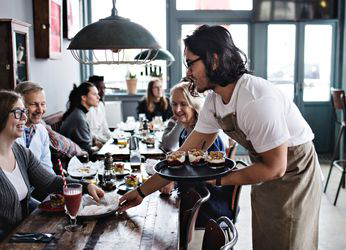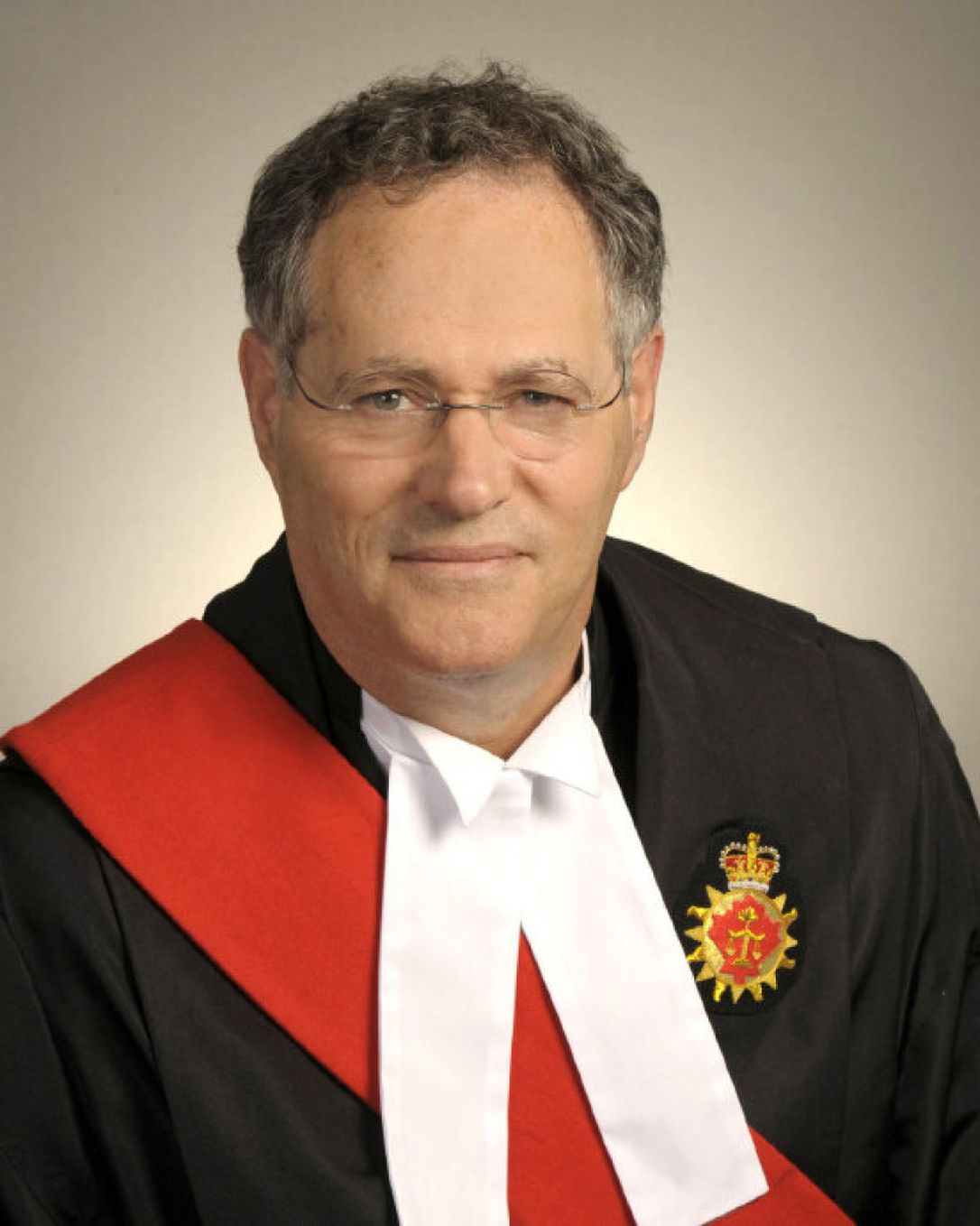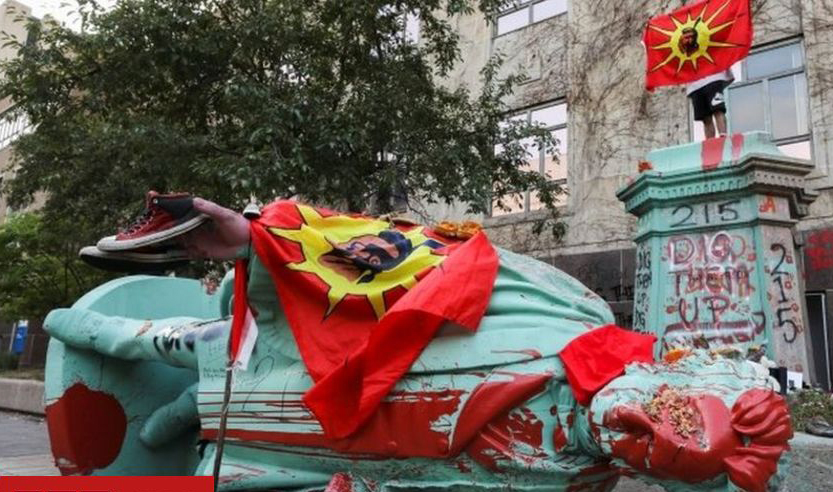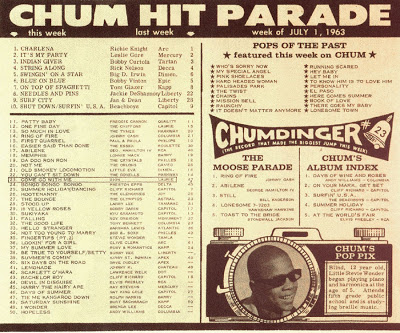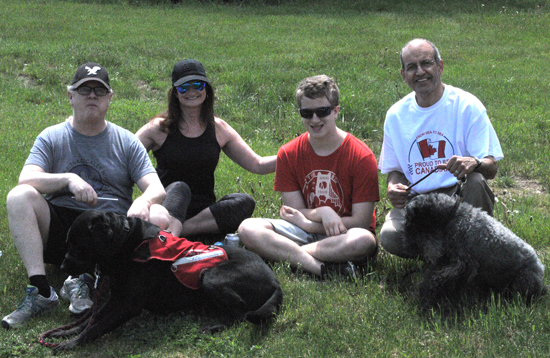
As we all find ourselves craving to talk to somebody and do it at close range, I bumped into a friend outside the grocery store recently. And we got caught up. First things first; we made sure we were both double-vaccinated. Then, we lowered our masks, so that we didn’t sound like we were mumbling, kept our distance, and began to catch up on each other’s lives.
“Everybody well in the family?” I asked.
“Yup,” she said. “All doubled-vaccinated, including away-from-home kids.”
“I noticed you sold your house recently. Are you leaving town?”
“We’re leaving everything,” she said. “We’re going to try the nomadic life.” (more…)


